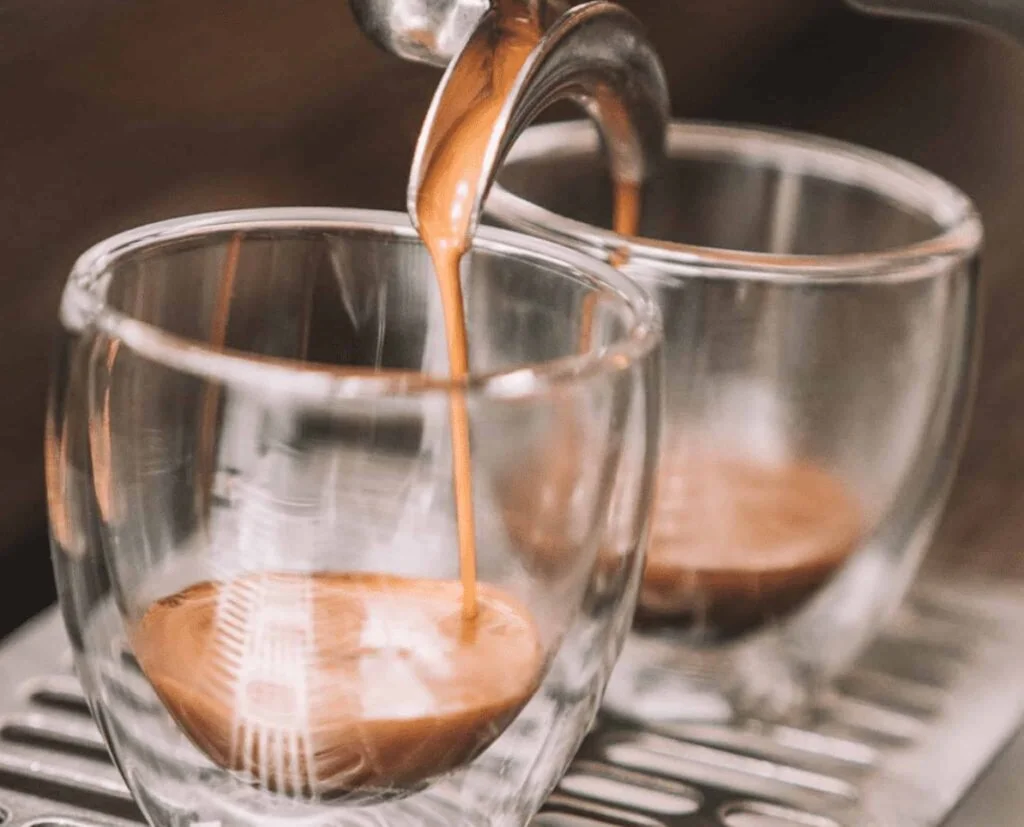I have written a bunch of posts about Copenhagen and the food scene in the city, and if you have read any of them, you will know that I am pretty excited about it.
However, in terms of cafés, I actually think we lack some skills. There are many cafés in Copenhagen. But, unfortunately, not all of them do a great job. In general, I feel like a lot of places lack that final 5%, which really makes the whole difference.
Fortunately, a fair few cafés really nailed it and always provide in terms of food, beverages, vibe, and setting.
These 11 great cafés in Copenhagen all manage to deliver with every visit and are definitely worth your visit while you are in town.
The Food Scene and Cafés in Copenhagen
In Copenhagen, food is a big deal, offering something for everyone. The city’s cafes are a highlight, reflecting its cozy, relaxed vibe. You’ll find cafes dotted around every corner, each with its own unique charm.
They’re perfect for enjoying a good book or chatting with friends over a cup of expertly brewed coffee. Plus, these cafes often serve more than just coffee; think fresh pastries, light bites, and sometimes heartier meals. It’s not just about the food and drink, though.
It’s about the experience, the atmosphere, and that special Danish touch.
What Are the Best Cafes in Copenhagen?
1. Darcy’s Kaffe

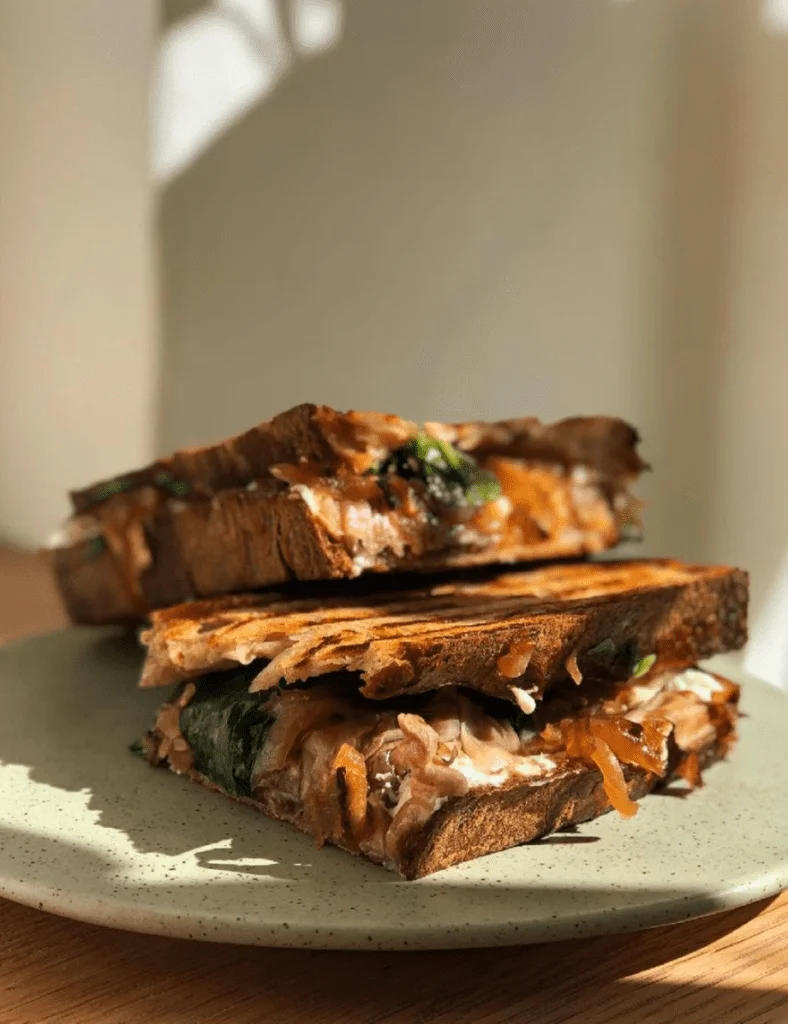
Photo credit: Darcy’s Kaffe
Café Darcy’s is one of my absolute favorites in the city. Located in the Nørrebro area this café and coffee shop has a perfectly chill vibe and always extremely friendly staff.
Darcy’s do great in terms of interior and spice up things with their selection of servings. Everything they offer is great and they even sell pretty cool merch.
These guys aim to serve great coffee and simple food and in both, they do superbly.
You find Darcy’s at Ranzausgade 2, 2200 KBH N.
2. Lille Bakery
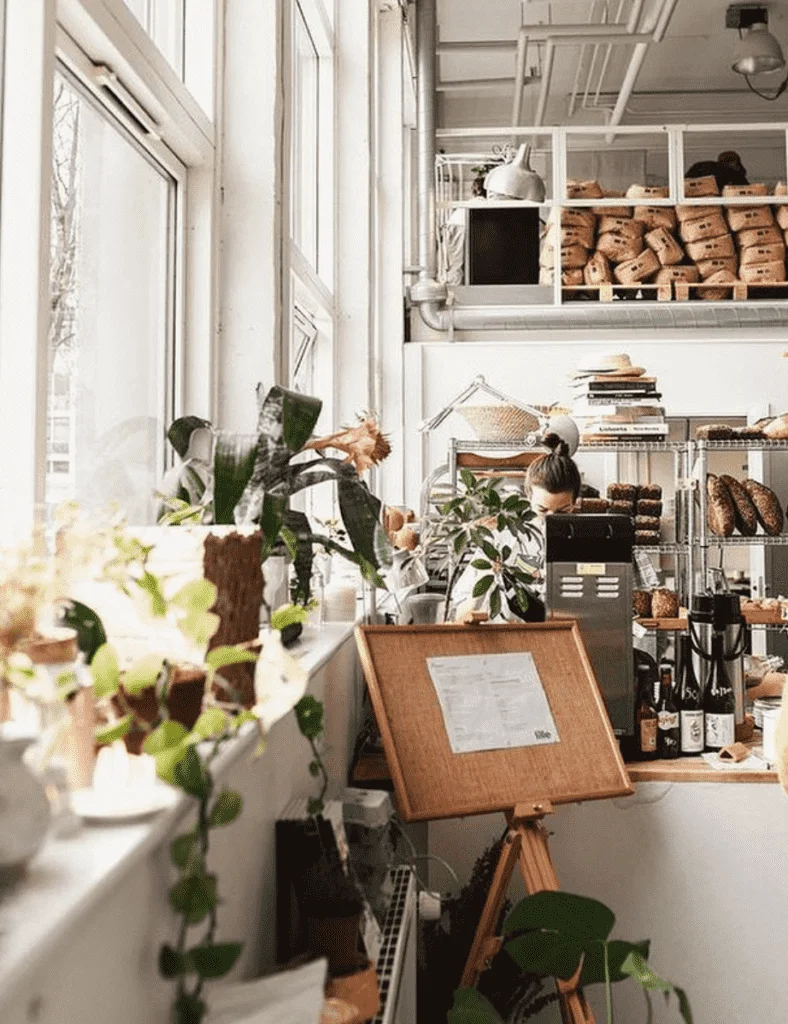
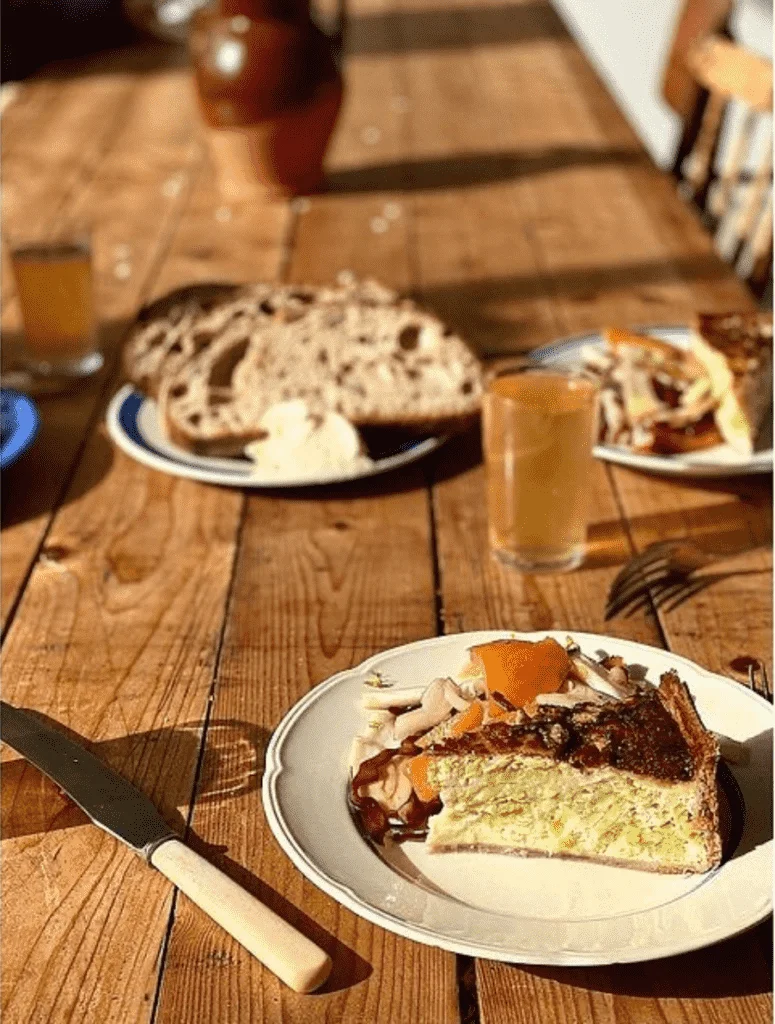
Photo credit: Lille Bakery
Lille Bakery is one of those cafés in Copenhagen that is great because it surprises you. Being located a little far away from the city, near the street food area “Reffen”, the setup is unique, industrial, and cool.
The place is located in a small warehouse with a few long tables inside and a porch out the front. Here you have a couple more tables, sunbeds, and boxes used as small tables.
Lille Bakery is mostly, as the name indicates, a bakery, but also serves daily plates for lunch. On top of this, they serve great coffee and natural wines.
If I lived closer, Lille Bakery would be my hangout spot on a weekly basis!
You find this café at Refshalevej 213A, 1432 KBH.
3. Sonny

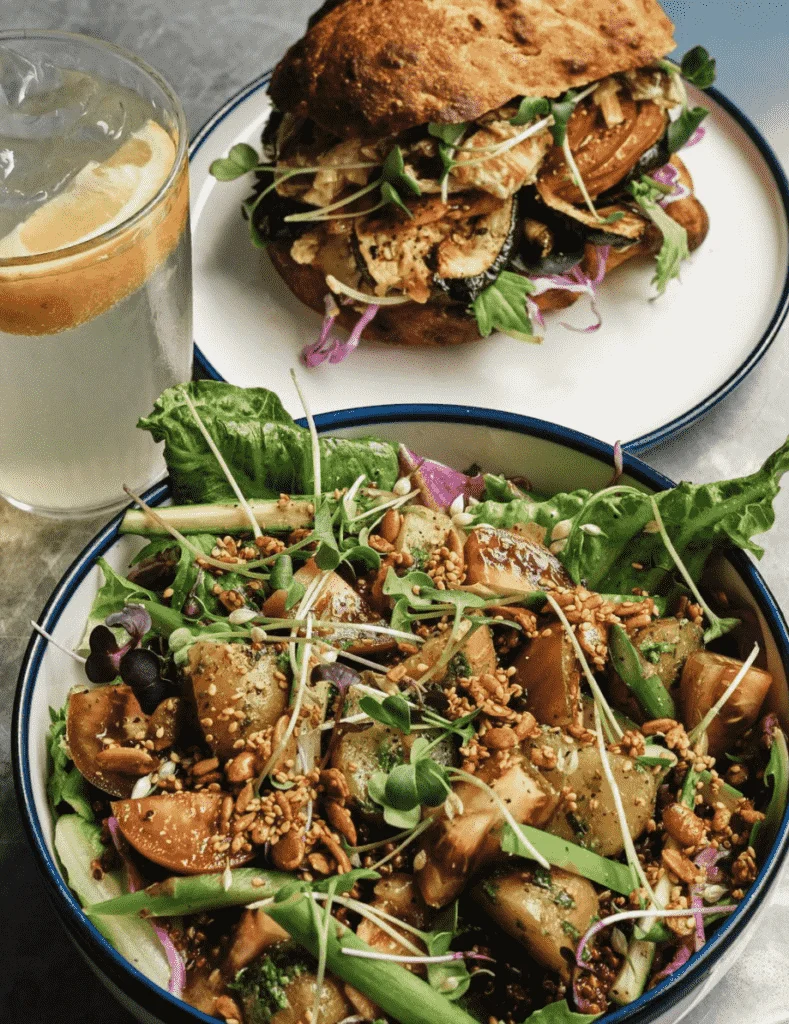
Photo credit: Sonny
In terms of cafés in the center of Copenhagen, I don’t think the area is the best for it. There are a couple of really good ones though, and here Sonny is my favorite.
The place is owned by a very nice couple who are great at changing up the menu with different homemade and seasonal things.
They do great at salads and always have some delicious pieces of smørrebrød. In general, they always serve beautiful picturesque plates.
I go here for breakfast and lunch, but l I think I love them the most for lunch.
You find Sonnys at a couple of locations around town.
4. Morgenstedet
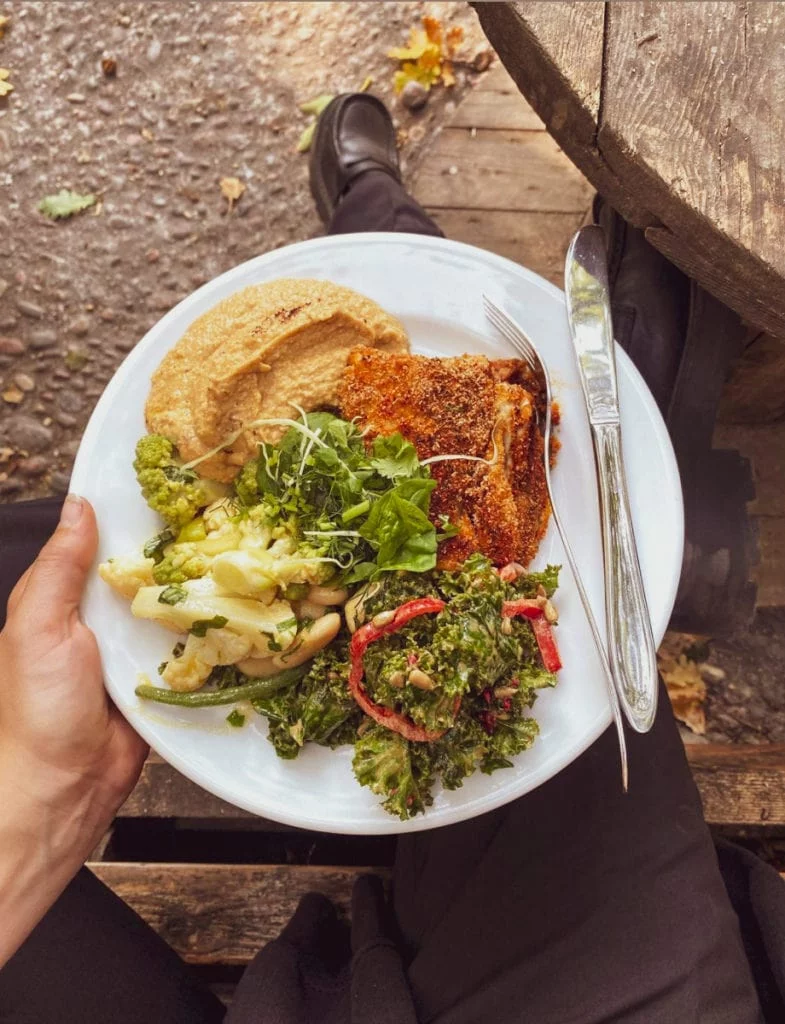
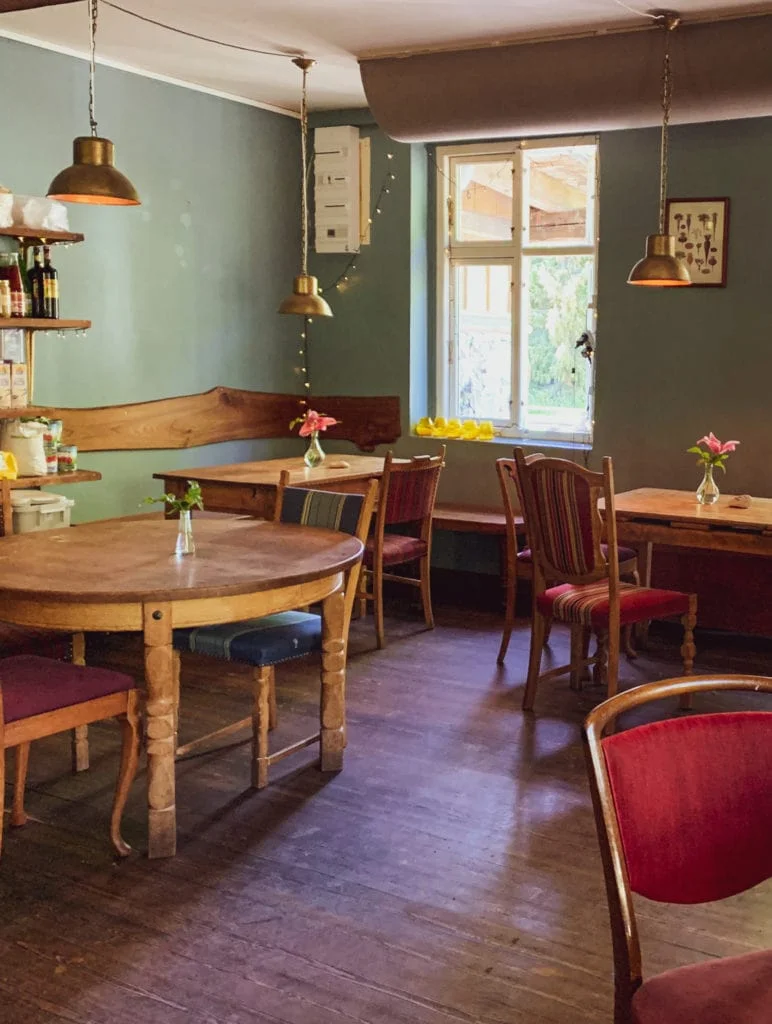
Photo credit: Morgenstedet
I love Christiania and think it is a must for you to visit.
This is my favorite café there for breakfast, lunch, or just to chill for a coffee.
Morgenstedet is super cute and has a very nice yard to sit in during summer.
The whole place pretty much screams Christiania and only serves vegetarian/vegan food in a very homey way.
Pro tip: Make sure to bring cash.
Christiania has a bit of a reputation in terms of safety. I visit this area all the time and I’ve never had a bad experience.
You find this café in the heart of Christiania at Fabriksområdet 134, 1440 KBH.
5. Atelier September
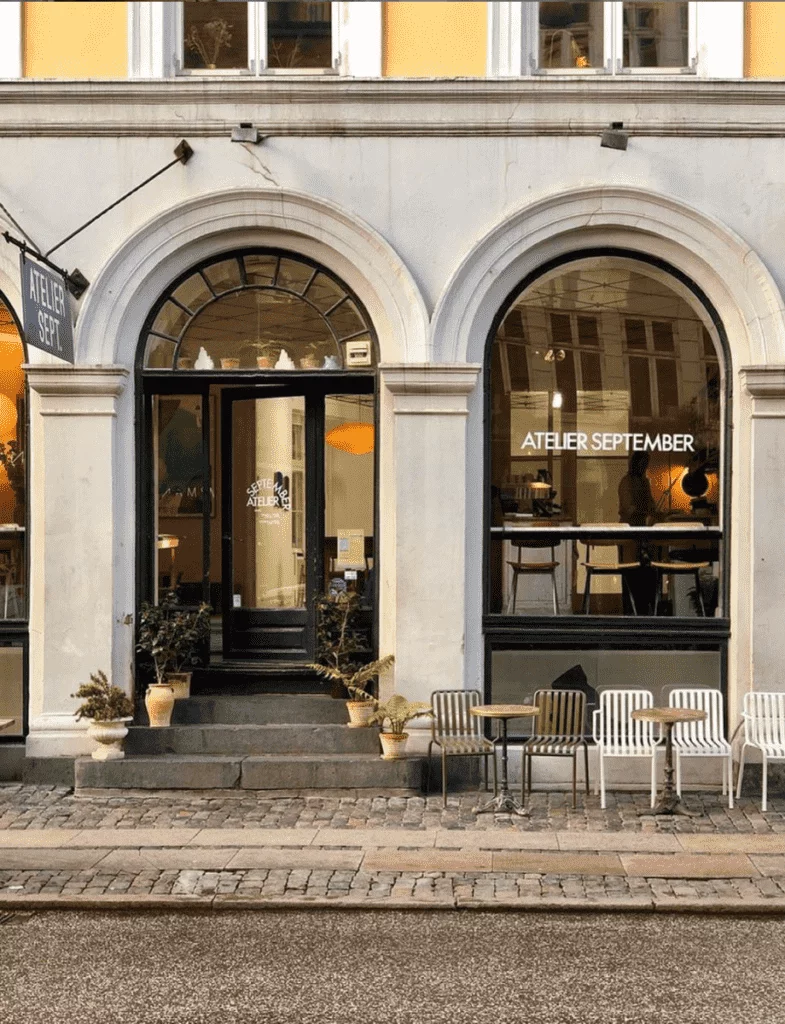
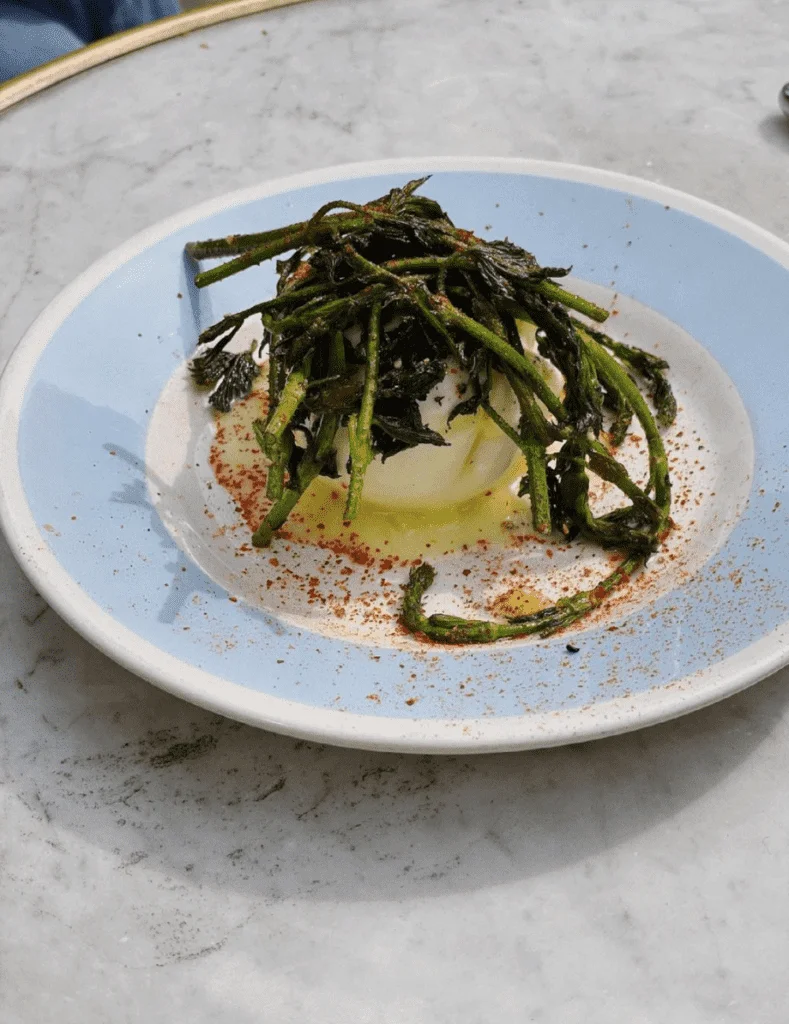
Photo credit: Aterlier September
This kind of artsy café in the center of the city is a beautiful hotspot – that is also a bit pricy. Atelier September is however completely worth the money.
This café in Copenhagen is vegetarian but don’t be fooled – everything tastes amazing and always has its own special little twist. Who knew that yogurt with olive oil was the most amazing mix??
At Atelier September they serve things just a little differently, and this combined with the beautiful surroundings is exactly what makes the place on point.
You find the café at Gothersgade 30, 1123 KBH K.
6. SMK Kafeteria
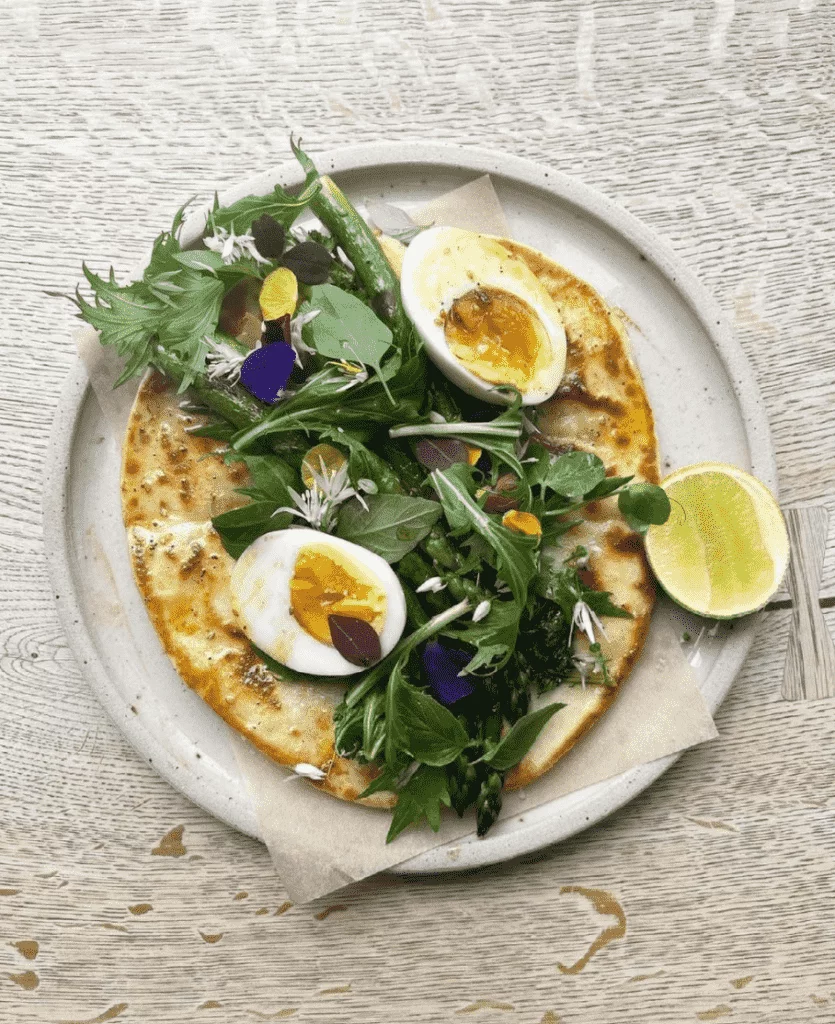
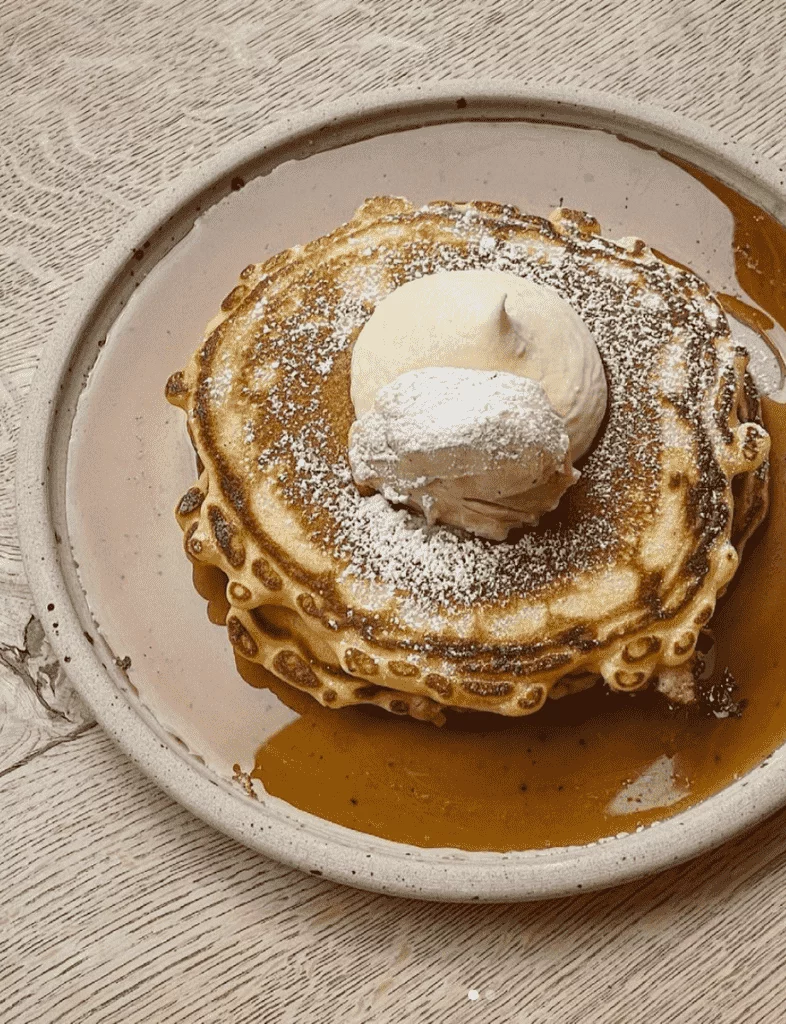
Photo credit: Kafeteria
Kafeteria is the café inside the National Museum of Art, SMK, in Copenhagen and both places should be on your list to visit – two in one, right?
The café is run by the same guy who has Atelier September and a place called Apollo (another great spot, though not a café). the places serve different things though and they are all amazing spots to go hang out.
Kafeteria serves great bread and pastries, along with amazing servings for both breakfast and lunch. Try their buttermilk pancakes as they are insanely good.
You find Kafeteria inside SMK at Sølvgade 48-50, 1307 KBH.
7. Hotel Central & Café
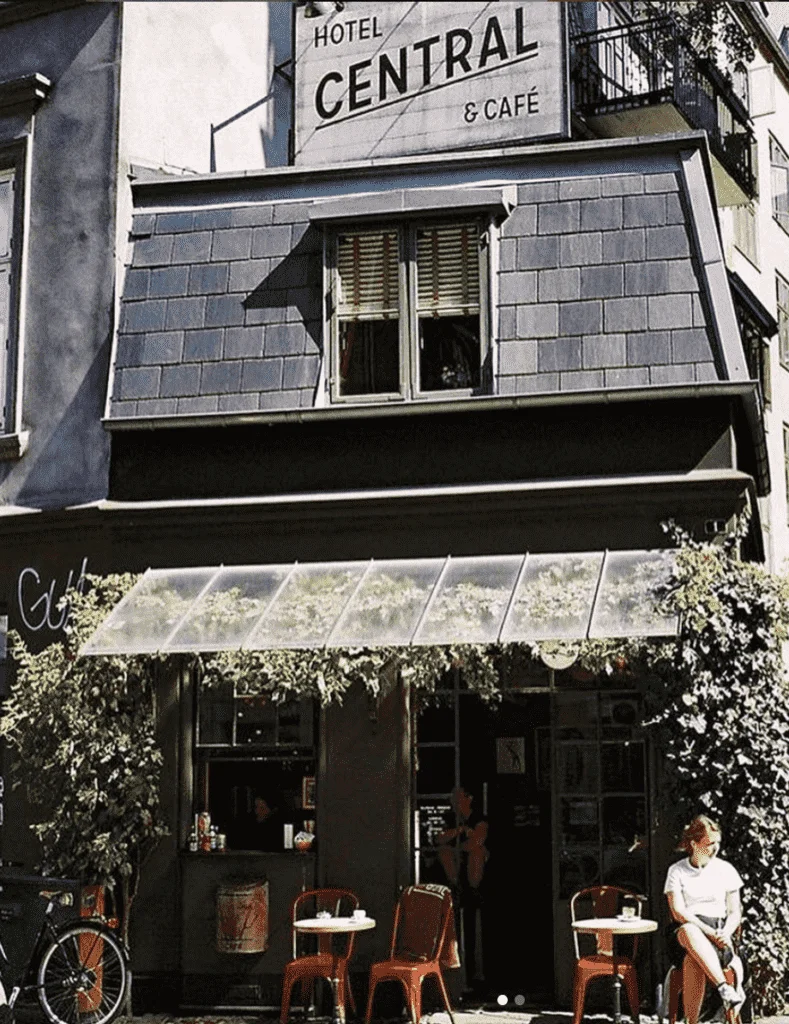

Photo credit: Hotel Central & Café
This is another of the more unique cafés in Copenhagen as it is also known as the smallest hotel in the world. Yup, it’s tiny! Just for this is think it should be worth your time.
So downstairs you have a very tiny café with just one tiny table. Upstairs there is only a tiny bedroom with a tiny bathroom. Did I say tiny enough times?
This boutique hotel obviously gives a very intimate feel and is very charming.
They do not serve a lot of things but you can get a nice small breakfast serving and along with that they do great coffee!
Who knew that the world’s smallest hotel could be found in the center of Copenhagen at Tullinsgade 1, 1618 KBH?
8. Beau Marche
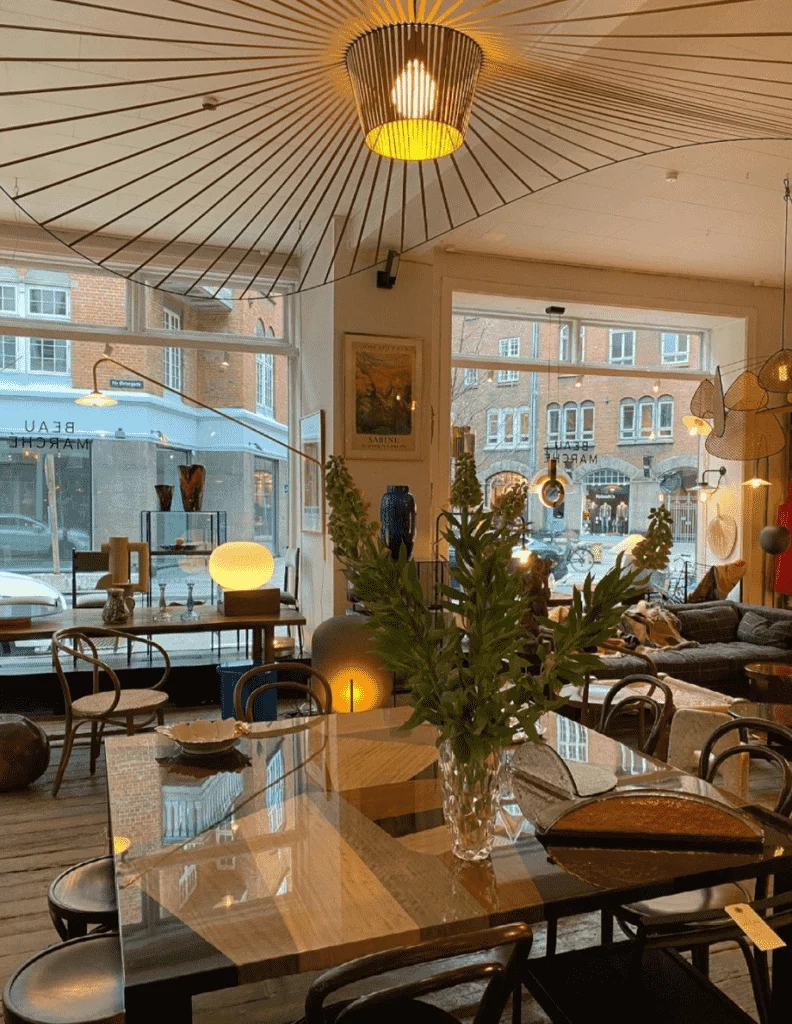
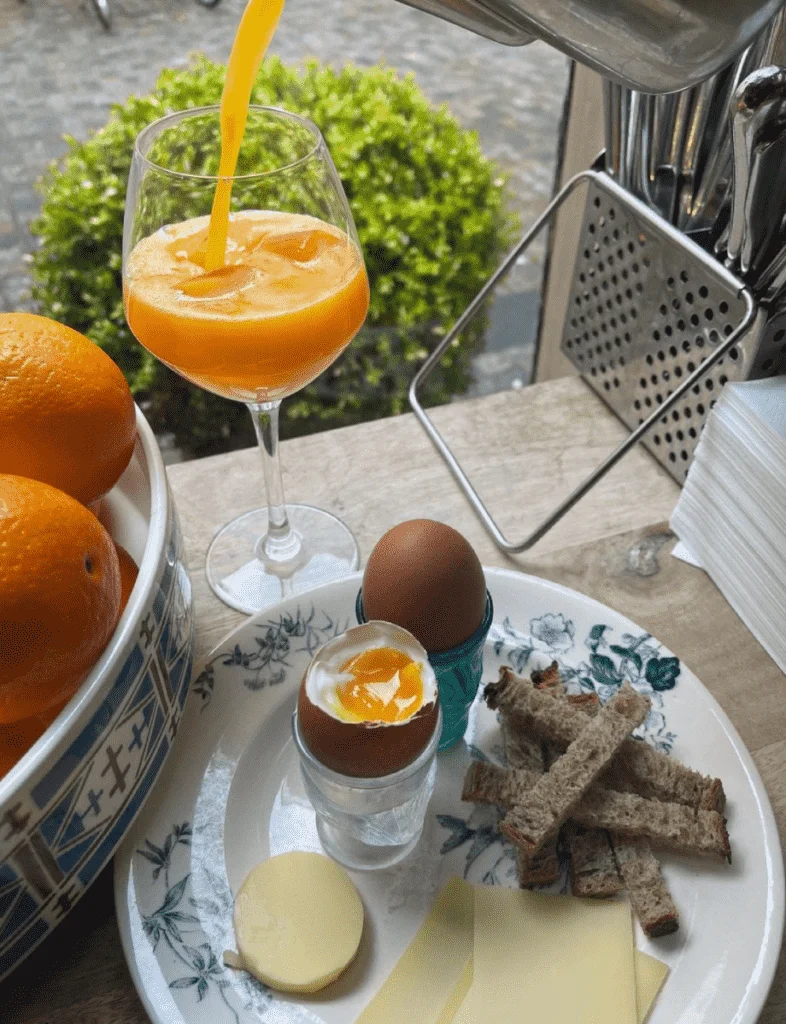
Photo credit: Beau Marché
As you might expect just from reading the name, Beau Marché is a French café.
Out front, you have a few very nice tables that serve as a perfect sunny spot on a nice day.
Next, you have a small shop that sells a bunch of very nice interior things.
If you walk through the back you find the small and very charming French café.
Beau Marché serves a great French breakfast and lunch. On top of that, they do great at offering amazing wines and a very chic setup.
This place is also at the center of Copenhagen at Ny Østergade 32, 1101 KBH.
9. Studio X Kitchen

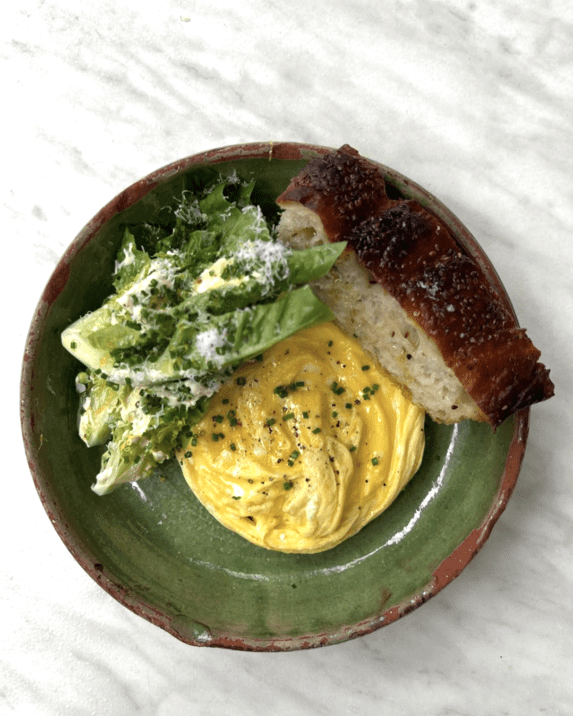
Photo credit: Studio X Kitchen
This is a small and stylish cafe in the center of Copenhagen that has become quite the hub for Instagrammers and bloggers.
The setting is very aesthetic, the coffee is great, and the eggs are divine.
This is a great little sanctuary for a hearty breakfast or a tasty lunch.
You find Studio X Kitchen in Dronningens Tværgade 52, Copenhagen 1302
10. Mirabelle

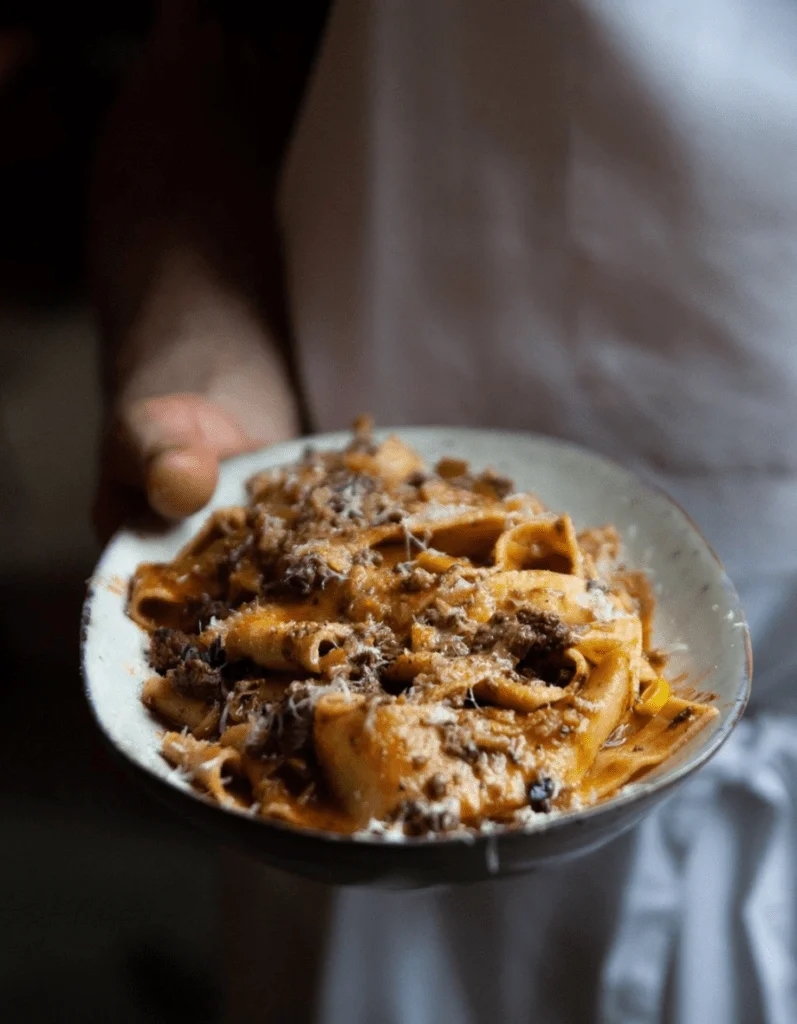
Photo credit: Mirabelle
This is a small café that is pretty popular and gets crowded at times. On weekends it is no guarantee you get a table without a reservation.
Mirabelle is connected and owned by the same people as the restaurant “BÆST” right next door. They are famous for their sourdough bread, and pizzas, and for making their own great cheeses.
This café is great for both breakfast and lunch. You can also just swing by and grab some pastries and a coffee to go. For lunch, they are “BÆST” inspired as serve Italian things like homemade pasta dishes, Foccacia, or Italian salads.
Furthermore, Mirabelle is located right across from BRUS, one of the best beer bars in the city.
Mirabelle is located at Guldbergsgade 29, 2200 KBH N.
11. Grums


Photo credit: Grums
Grums is a café in the Nørrebro area, and I think they are quite underrated as they serve really nice things.
This is like a classic café with great coffee, freshly baked goods, simple servings for lunch, and a really good atmosphere.
The staff is always incredibly friendly and it’s a great spot to just disappear for a few hours. I love coming here to zone out and enjoy something delicious in the cozy couch area of Grums.
Grums is located at Nørrebrogade 161, 2200 KBH N.
Map of the Best Cafés in Copenhagen
Below I made a map and included my recommendations for you:
General About Cafés and Coffee Bars in Copenhagen
Danish people are café and coffee lovers in general. All over Denmark, you find cafes, coffee shops, ice cream places, and everything you might desire. We simply love food and going out for just about anything.
If you are a coffee enthusiast you will love the coffee scene in Copenhagen. Some of the coffee shops in town for grabbing some high-quality coffee are Prolog Coffee Shop, Copenhagen Coffee Collective, and ROAST Coffee.
New places are opening in all the areas of Copenhagen all the time, and you will find cafes and coffee spots on almost every street in Copenhagen.
The best areas for visiting cafes and coffee shops are Nørrebro, Vesterbro, and the center of Copenhagen as well as Christianshavn.
Avoid visiting places on the largest and main shopping streets of the cities, as well as the main squares. These places are usually more touristy and overpriced compared to the quality.
If you are looking for great places for either breakfast or brunch, Copenhagen has a bunch to offer here too.
Final Thoughts on Cafés in Copenhagen
That was all for the best cafés in Copenhagen.
Copenhagen truly is any foodie’s dream destination and you have a ton of options all around.
I tried to add cafe options from all over the city so hopefully, you will at least be close to some of them. Enjoy and have a great time while exploring the city.
Make sure to read my guide on the best hotels in Copenhagen for an awesome stay in the city.
If you have any questions or feedback, feel free to leave a comment below.
//Josephine
FAQs About Cafés in Copenhagen
Yes, Copenhagen is filled with coffee shops ranging from quaint, cozy spots to trendy, modern cafes, each offering a unique coffee experience.
Definitely! Copenhagen is a foodie paradise, known for its Michelin-starred restaurants, innovative Nordic cuisine, and vibrant street food scene.
A cup of coffee in Copenhagen typically costs around 30-50 DKK, varying based on the café and type of coffee.
Copenhagen is famous for its beautiful architecture, historic sites, bustling bike culture, innovative design, and world-class food scene, including the famous smørrebrød.
